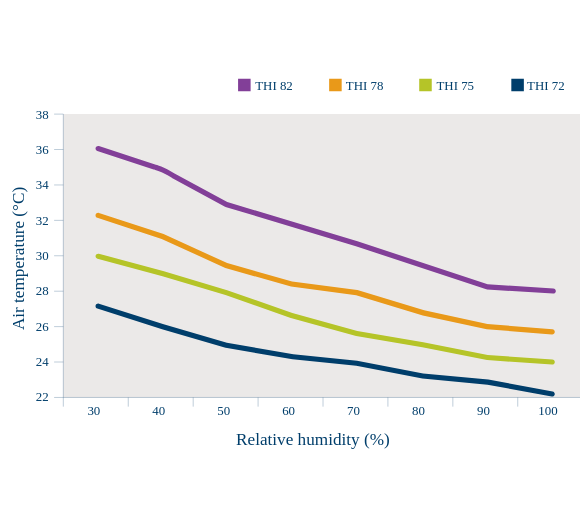Stay ahead of heat stress
Receive valuable insights in your inbox
Ready to learn more about how to combat heat stress in your dairy herd over the course of the summer months? Fill out the form below with your first name, last name, and email address to receive valuable information and tips directly to your inbox. Stay ahead of the heat and keep your cows healthy and productive!

